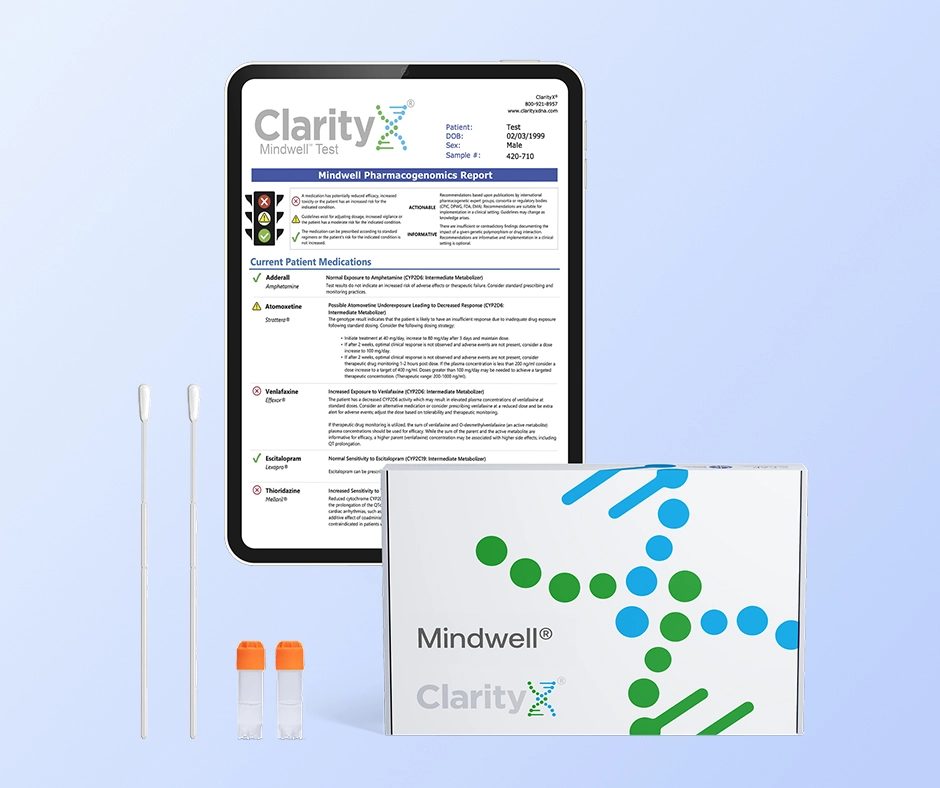Holiday Sale! Save 25%️
How Wellbutrin – Bupropion works
- WELLBUTRIN is an aminoketone antidepressant, indicated for the treatment of major depressive disorder (MDD).
What are the side effects of Wellbutrin – Bupropion?
- agitation
- dry mouth,
- constipation,
- headache/migraine,
- nausea/vomiting,
- dizziness,
- excessive sweating,
- tremor,
- insomnia,
- blurred vision,
- tachycardia,
- confusion,
- rash,
- hostility,
- cardiac arrhythmias,
- auditory disturbance.
• CYP2B6 inducers: Dose increase may be necessary if coadministered with CYP2B6 inducers (e.g., ritonavir, lopinavir, efavirenz, carbamazepine, phenobarbital, and phenytoin) based on clinical response, but should not exceed the maximum recommended dose.
• Drugs metabolized by CYP2D6: Bupropion inhibits CYP2D6 and can increase concentrations of: antidepressants (e.g., venlafaxine, nortriptyline, imipramine, desipramine, paroxetine, fluoxetine, sertraline), antipsychotics (e.g., haloperidol, risperidone, thioridazine), beta-blockers (e.g., metoprolol), and Type 1C antiarrhythmics (e.g., propafenone, flecainide). Consider dose reduction when using with bupropion.
• Drugs that lower seizure threshold: Dose WELLBUTRIN with caution.
• Dopaminergic drugs (levodopa and amantadine): CNS toxicity can occur when used concomitantly with WELLBUTRIN.
• MAOIs: Increased risk of hypertensive reactions can occur when used concomitantly with WELLBUTRIN.
• Drug-laboratory test interactions: WELLBUTRIN can cause falsepositive urine test results for amphetamines.
• Neuropsychiatric adverse events during smoking cessation: Postmarketing reports of serious or clinically significant neuropsychiatric adverse events have included changes in mood (including depression and mania), psychosis, hallucinations, paranoia, delusions, homicidal ideation, aggression, hostility, agitation, anxiety, and panic, as well as suicidal ideation, suicide attempt, and completed suicide. Observe patients attempting to quit smoking with bupropion for the occurrence of such symptoms and instruct them to discontinue bupropion and contact a healthcare provider if they experience such adverse events.
• Seizure risk: The risk is dose-related. Can minimize risk by gradually increasing the dose and limiting daily dose to 450 mg. Discontinue if seizure occurs.
• Hypertension: WELLBUTRIN can increase blood pressure. Monitor blood pressure before initiating treatment and periodically during treatment.
• Activation of mania/hypomania: Screen patients for bipolar disorder and monitor for these symptoms.
• Psychosis and other neuropsychiatric reactions: Instruct patients to contact a healthcare professional if such reactions occur.
• Angle-closure glaucoma: Angle-closure glaucoma has occurred in patients with untreated anatomically narrow angles treated with antidepressants.


